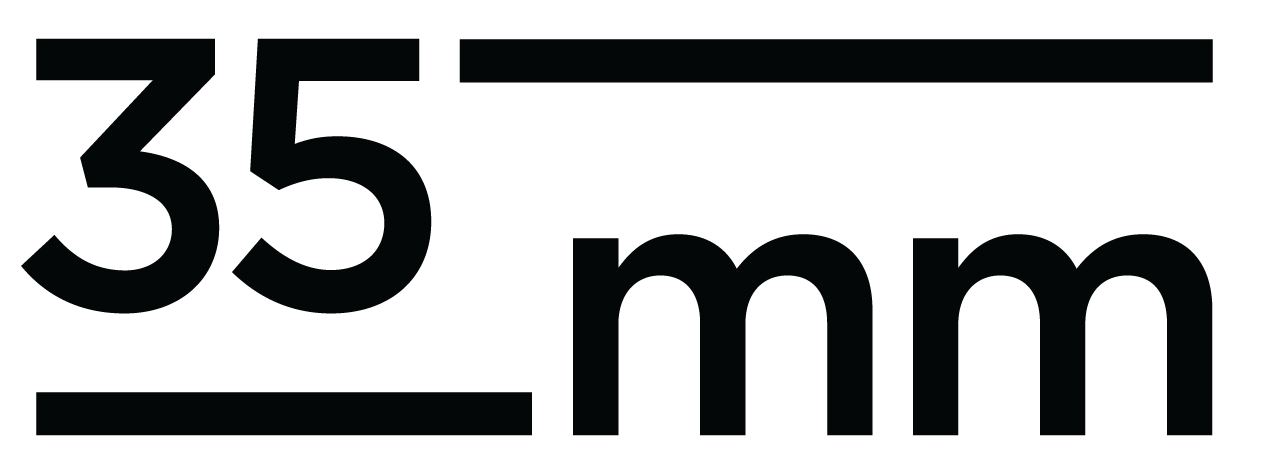AI in Advertisement
I came across Dall-E when the news hit the blogs but was not impressed. Then came Midjourney, and even at version 3, it was light years ahead, and then came Stable dDiffusion and others. In my opinion, even with all the restrictions they are applying, it’s way ahead on other solutions. As a post-production artist, I can see that the playing field is changing for everyone in the business, including photographers, 3D artists & retouchers. Although current resolutions are low, these involve processing power and cost. I’m sure soon there will be options for higher resolution renders for extra costs.
I think the potential for this technology is fantastic. It’s not perfect, but it’s getting better every day. It will not be used as a “set in stone” solution but as a fantastic tool for creating realistic 3D environments and objects quickly and easily without spending days or weeks rendering on your computer.
Overall, text-to-image AI services can potentially revolutionize how advertisers create and use visual content. By automating the image creation process and providing personalized, targeted content, these services can help advertisers create more effective and visually appealing ads.
Automating the image editing process: One of the most significant ways that AI impacts commercial photography is by automating the image editing process. With AI-powered software, it's now possible to automatically adjust things like color, lighting, and contrast, saving photographers a lot of time and effort.
Enhancing image search: AI can help photographers and buyers find the images they need more quickly and easily. For example, AI-powered image search engines can analyze an image's content and context to find similar images, making finding the right image for a project easier.
Generating custom images: AI can also generate custom images based on text or other input, as discussed in the previous question. This can help businesses and individuals create images that accurately represent their brand or message without needing a professional photographer or graphic designer.
Improving image analysis: AI-powered software can analyze images to provide insights into things like composition, color, and other elements that can impact the overall effectiveness of a photograph. This can help photographers improve their work and create more impactful images.
Streamlining the visual creation process: AI can help streamline the visual creation process by automating tasks like image resizing, formatting, and organization. This can save photographers and designers a lot of time and make it easier to manage extensive collections of images.
I see two main use cases in my workflow that I have already used. Number one is providing a brief. As I create visual composites, it may be possible to show the mood and share what kind of result we aim for complex projects.
Second, as AI cannot create exact product visuals, labels, text, etc., we can composite 3D renders or photos. That means, in terms of style, we can create exact backgrounds or models and add our products via photos or 3D renders. I have tried a few cases, and it works like a charm. Although photos look OK, 3D will bring far better results, and we are hoping for an increase in production rate & quality.
For sure, like the digital transformation in the early 2000s, I expect even more significant changes in the coming years for the industry.



